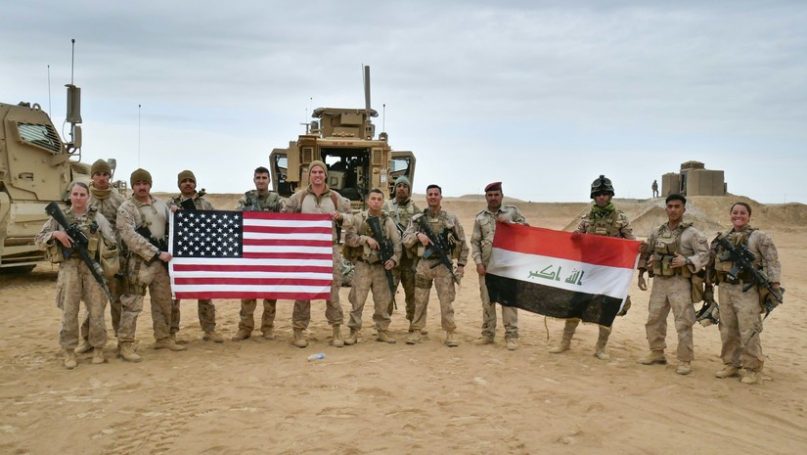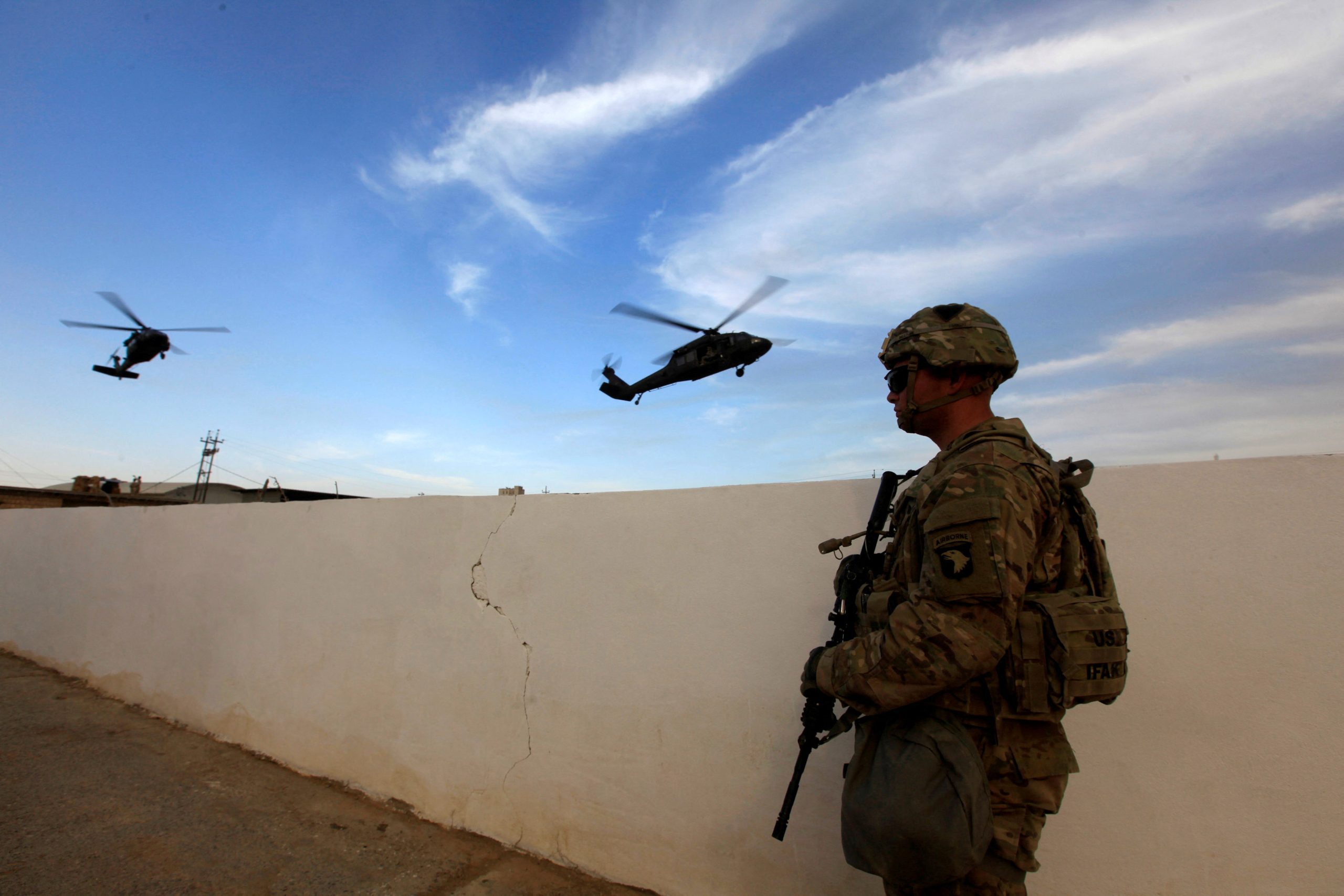On the wake of the recent conflict between Hamas and Israel, the U.S. Armed Forces have strategically deployed across the Middle East to deter further escalation and stabilize the crisis.

U.S. Armed Forces Enlisted for Deployment in the Middle East (Photo: E-International Relations)
Navy and Marines: A Formidable Maritime Force
In a recent development featured by Popular Mechanics, in November 17, 2023, the USS Florida, an Ohio-class guided-missile submarine, joined carrier battle groups, air defense forces, and fighter jets in the region, showcasing Washington’s commitment to preventing the conflict from spreading to neighboring countries. As concerns rise about potential involvement from groups like Hezbollah and Houthi guerrillas, the U.S. Armed Forces military presence aims to curtail their participation and maintain regional stability.
The U.S. Armed Forces Navy, operating two carrier strike groups in the Middle East, serves as a critical component in the conflict management strategy. Carrier Strike Group 12, featuring the USS Gerald R. Ford, and Carrier Strike Group 2, led by the USS Eisenhower, are bolstered by amphibious assault ships with Marine Expeditionary Units.
The USS Bataan, USS Carter Hall, and USS Mesa Verde, equipped with Marines and advanced aircraft, contribute to the deterrence effort. Additionally, the deployment of Ohio-class guided-missile submarines, such as the USS Florida, underscores the U.S. Armed Forces. Navy’s commitment to safeguarding key maritime routes and preventing further aggression.
READ ALSO: Long-Term Trends And Climate Impacts, Assessing The 2023 Wildfire Season
Air Force Operations: Aerial Dominance and Strategic Strikes
According to the news reported by Axios, the U.S. Armed Forces Air Force plays a pivotal role in the conflict with the deployment of A-10 Thunderbolt II, F-15E Strike Eagles, and F-16 Fighting Falcons to the Middle East. These fighter jets, stationed in key locations, remain ready to address emerging threats.
Strategic strikes against Iranian-backed groups in Syria demonstrate the Air Force’s commitment to protecting American troops. Moreover, the transportation of military supplies, aerial refueling, and reconnaissance missions, including the use of the B-1B Lancer bomber, highlight the multifaceted approach taken by the U.S. Armed Forces in managing the conflict.
READ ALSO: Waukesha County Court Renders Verdict: Wisconsin Woman Convicted In Friend’s Death Linked To Eye Drops
























